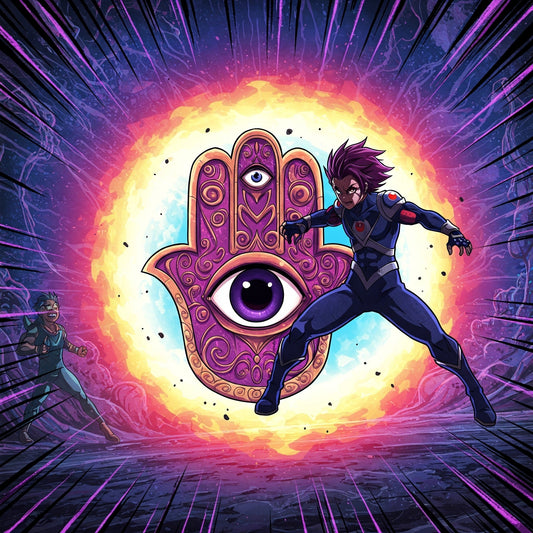In the labyrinthine souks of Marrakech, amidst the aromatic swirl of spices and the glint of hammered brass, one encounters them: the cobalt-blue talismans, the nazar boncuğu, their concentric circles staring back with an unnerving intensity. They are, of course, the ubiquitous ward against the evil eye, that ancient and pervasive fear that a malevolent glance can shatter fortunes, wither health, and bring ruin upon the unsuspecting. It is a belief that, like a persistent shadow, clings to the human psyche, traversing continents and epochs, a testament to the enduring power of superstition in an ostensibly enlightened age.
The evil eye, or malocchio, ayin harsha, or simply “the look,” is not a singular entity, but a hydra-headed fear, manifesting in myriad forms across cultures. From the sun-baked shores of the Mediterranean to the windswept steppes of Central Asia, the conviction that a glance can be a weapon persists. It is a fear that predates written history, a primal anxiety that whispers of unseen forces and the fragility of human well-being.
To understand the evil eye is to delve into the murky depths of human psychology. It is a reflection of our innate vulnerability, our deep-seated fear of the unknown. The envious glance, the covetous stare, these seemingly innocuous gestures are imbued with a sinister power, a power to disrupt the delicate balance of fate. It is a belief that thrives in the liminal spaces, in the moments when fortune seems too good to be true, when success feels precarious, when the specter of misfortune looms.
In the sun-drenched alleys of Naples, the corno, a small, red horn-shaped amulet, dangles from rearview mirrors and keychains, a potent symbol of protection against the malocchio. In the bustling markets of Istanbul, the nazar boncuğustares out from shop windows, its blue gaze warding off envious eyes. In the remote villages of Greece, the elderly still whisper incantations and perform ancient rituals to break the spell of the evil eye.
The rituals and remedies are as varied as the cultures that embrace them. Spitting three times, a gesture that seems almost universally understood as a defense against the evil eye, is a common practice. In some cultures, the afflicted person is touched with a piece of iron, believed to possess protective powers. In others, herbs and amulets are employed, their potency derived from ancient lore and whispered traditions.
But the evil eye is not merely a collection of folk remedies and superstitious practices. It is a reflection of deeper societal anxieties. It speaks to the fear of social envy, the unease that arises when one’s success or good fortune attracts the attention of those less fortunate. It is a reminder that in many cultures, the line between admiration and envy is perilously thin.
The enduring appeal of the evil eye lies in its ability to provide a sense of control in a world that often feels chaotic and unpredictable. In a world where misfortune can strike without warning, the belief in the evil eye offers a tangible explanation for the inexplicable. It provides a framework for understanding the vagaries of fate, a way to make sense of the seemingly random events that shape our lives.
Even in our increasingly secular and scientific age, the evil eye persists, a testament to the enduring power of superstition. It is a reminder that beneath the veneer of rationality, the human psyche remains deeply rooted in ancient fears and beliefs. The gaze that lingers, the envious glance, the malevolent stare – they continue to haunt our imaginations, a reminder that the unseen forces that shape our lives are often more powerful than we realize.






